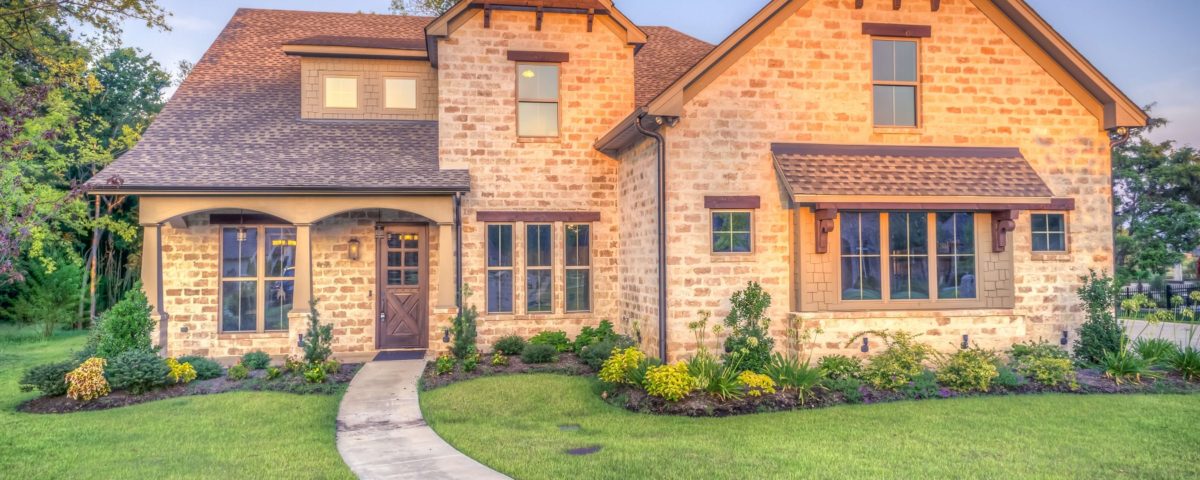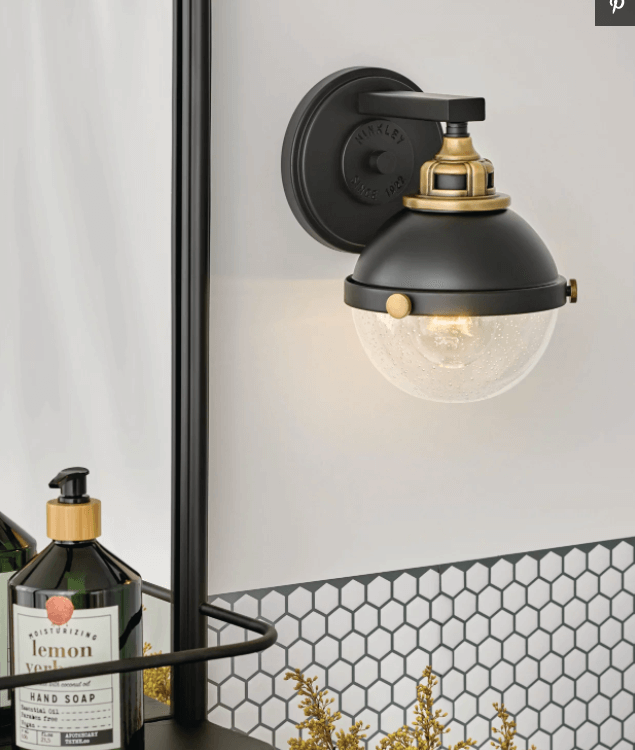- Have any questions?
- 778-522-2225
- advancedrenosolution@gmail.com
Regulations to Consider When Remodeling an Older Home

Four Steps to a Successful Move with Kids
October 29, 2018
Staging Basics: Focus on These 7 Areas
November 13, 2018You’ve holstered your tools, readied your spackle and opened your paint cans. You have everything you need, the energy and attitude to get the job done right. After all, you probably bought your historic home knowing there would be a little elbow grease required. But before you start the exciting journey of remodeling your older home, there are a few crucial questions you’ll have to address first.
For now, put away your tools, place the lid on the spackle and seal up the paint cans. Remodeling an older home without an understanding of regulations can leave you with extra work that’s a lot less fun. First, you have to ensure your intended improvements adhere to local rules and guidelines.
It can seem daunting, but these regulations exist for a reason. To preserve the natural beauty of a historic home, the restoration process requires care and respect. Incomplete knowledge of preservation practices and amateur repairs might irreparably damage a house, reducing its overall value instead of increasing it.
In this article, we’ll give you an overview of four common regulations you should look into before beginning work on an older home.
1. Windows
The windows of your older house contribute to its charm and character. Taking their significance into account, you have to approach this area of restoration with a light touch. It’s perfectly fine to tend to damage and deterioration to treat the wear and tear on surfaces. In many cases, however, you can’t make serious alterations.
Changing the appearance of windows is not recommended, and homeowners should avoid replacing materials, finishes and colors. Regulations also require homeowners to take adequate measures to protect their glass against vandalism, using impact-resistant glazing compatible with the structure’s aesthetic.
2. Color and Finishes
Restrictions in this area are often difficult to enforce, but local governing bodies may regulate the look and style of historic homes to preserve their appearance. If your home has historic status, you should research codes specific to your area on which changes are allowed and which are not. In certain areas, you’ll have to adhere to your home’s original color palette and time period, limiting your choice of modifications. You need to get your intended adjustments approved in advance before you begin work to avoid any unwanted consequences, so seek consultation on the subject.
3. Entrances and Porches
You want your entrance and porch to appear beautiful and welcoming. After all, when you invite a guest to your home, you don’t want them to have a poor first impression. You can’t start a DIY project without knowing what is and isn’t allowed, and when it comes to your entryway, the regulations are somewhat strict.
If there’s a feature of your entrance or porch that is unstable, you can’t immediately tear it out and use a modern substitute. You must make every attempt to repair and conserve the material before you decide to replace. And more than that, the replacement has to match its historical counterpart.
4. Interior Spaces
The homeowner of a historic property has a responsibility to preserve and maintain its unique qualities. The interior of these older homes are often beautiful, and more often than not, very delicate. Renovators should take care with how they choose to fix and refurbish their living space.
Homeowners shouldn’t remove paint, plaster or other finishes from interior surfaces, exposing the home’s structural elements. And in much the same way, you’re not allowed to apply paint, plaster or other finishes if they clash with the home’s character. Manage historically features with caution.
Appreciate your older home’s value and enjoy yourself, but do your research first!Every homeowner wants to fix and enhance their home, but they should also educate themselves on its inherent value and context within the greater community. So, visit with your local historic commission to ensure your proposed renovations are approved and then get to work.
Remodeling an older home represents more than an opportunity to improve property value — it also represents a chance to learn and enhance the community.



